Under siege from nature: the National Trust's £2 million plan to restore Corfe Castle
Specialists hanging from ropes will spend the next three years helping restore the walls of this famous 11th century caste in Dorset.

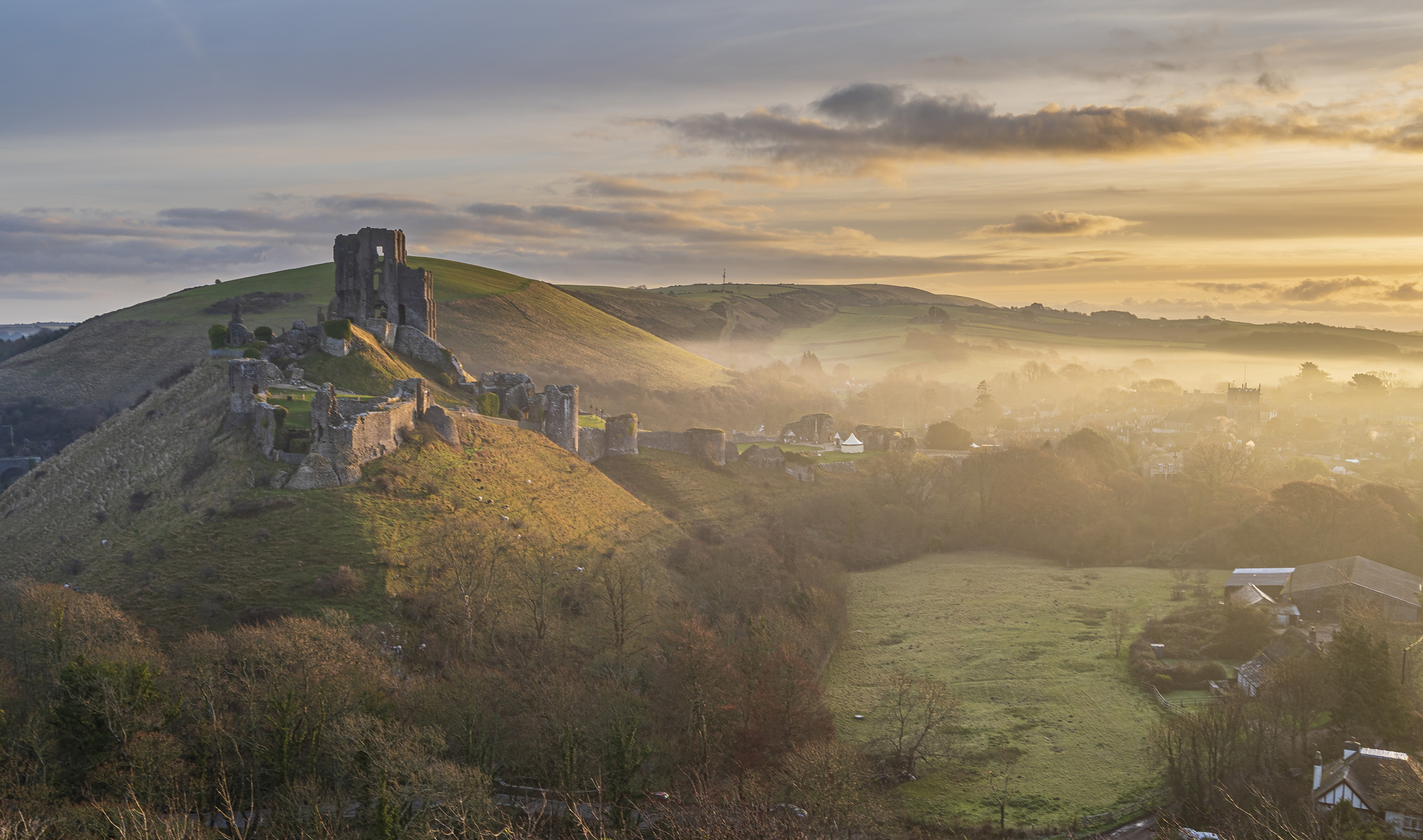
The National Trust has launched a £2 million conservation project at Corfe Castle, Dorset. Over the next three years, specialists will remove vegetation and restore the walls of the castle, which dates back to the 11th century, including its nine towers, keep and 26ft-high curtain wall. Most work will be carried out by specialists hanging from ropes high above the ground, particularly precarious as the castle is perched on a steep-sided hill rising 180ft above the valley.
Corfe Castle is considered structurally stable, but extreme weather has caused stones to loosen and fall. Heat and drought have dried out the stone and killed vegetation, causing roots to shrink, creating gaps. Subsequently, warm, wet winters have encouraged plant growth, often deep within the walls.
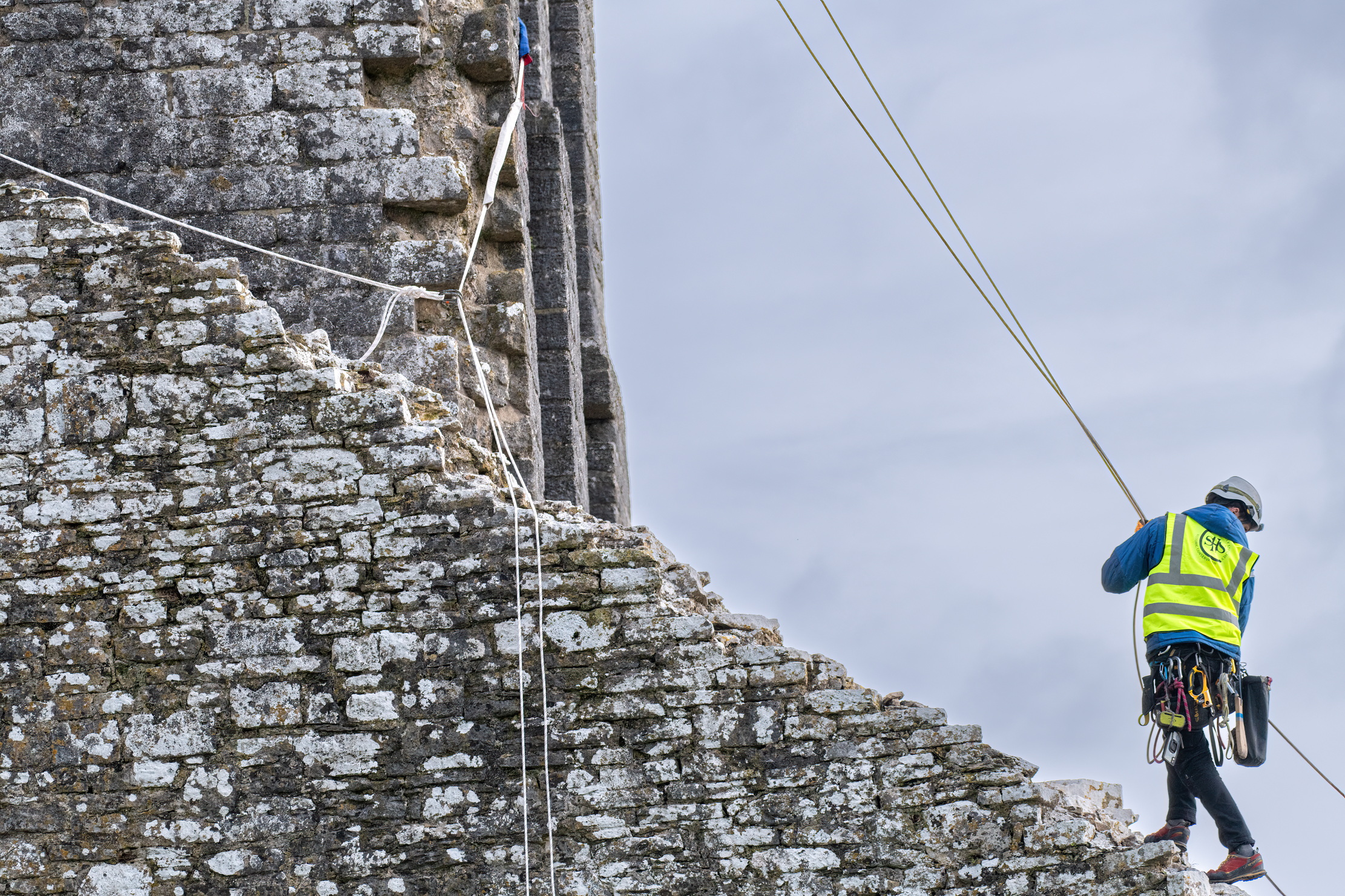
It is hoped that the removal of vegetation will also reveal parts of the castle not seen for more than a century. Some 30 years ago, part of an arch was glimpsed through ivy and rubble at the base of the east turret — project manager Christina Newnham believes this could be the famous sallyport, the gateway through which parliamentary troops were let in during the 1645 siege, which led to the castle’s capture and ruin. ‘It is a really significant part of the castle’s history and we would like to find it if we can,’ she says.
As the castle was built in different phases, various types of mortar have been used. Conservationists have thus developed ‘recipe books’ for mortar mixes that mimic the originals, ‘sourcing aggregates from across Purbeck as the original castle builders did,’ says Ms Newnham, and will use traditional techniques to re-pin loose stones and repoint with fresh lime mortar as it would have been done hundreds of years ago.
Amid this painstaking work, important lichens will be protected, as will the habitats of adders and lizards, and the homes of ravens and peregrine falcons, which nest in the highest parts of the ruins. A further £100,000 is needed to complete the work.
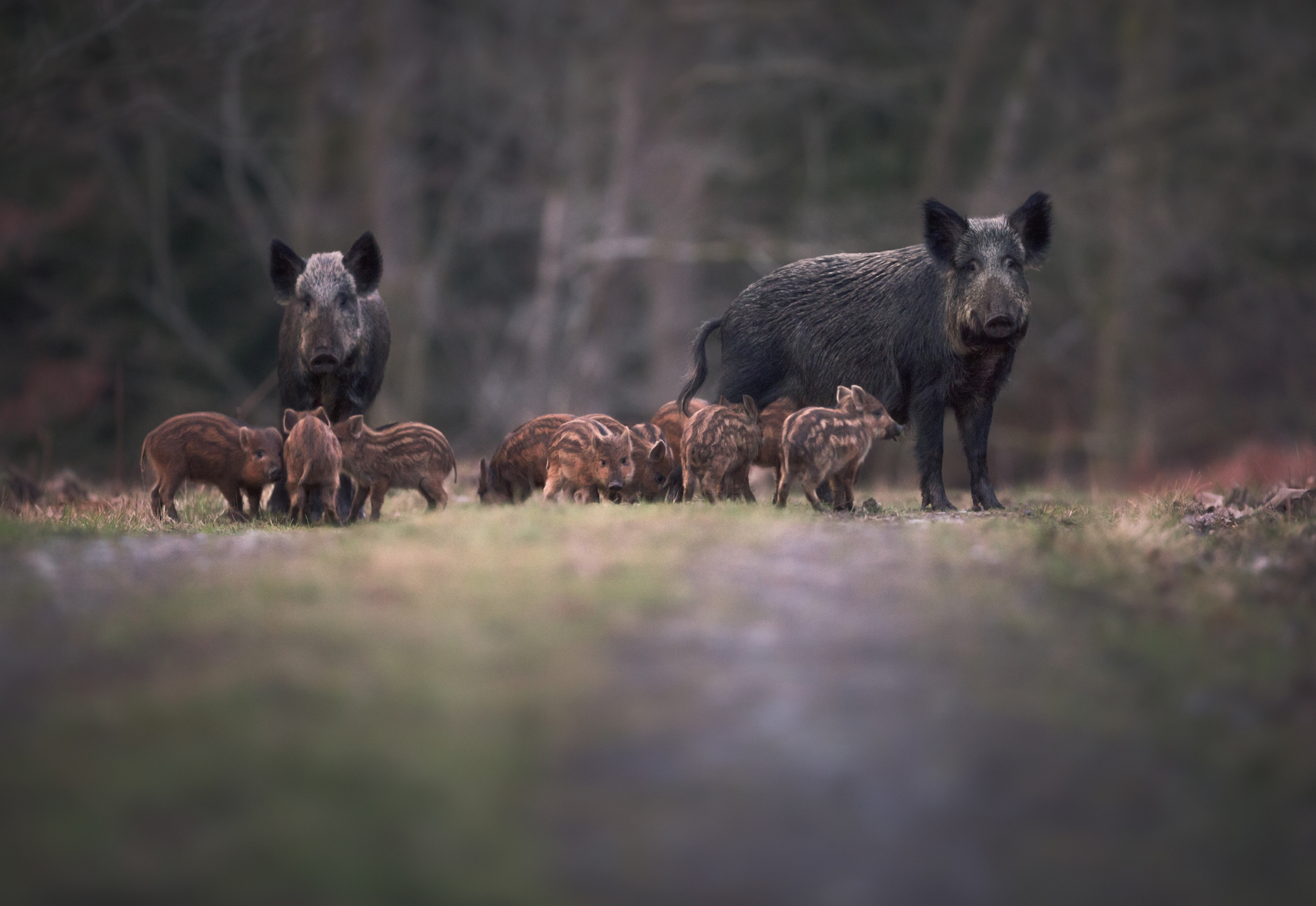
Credit: Kristian Bell via Getty Images
From oinking fugitives to ecological engineers: How wild boars have re-established themselves in our woodland and what to do if they try and steal your shopping
Once a common sight for our Neolithic ancestors, the wild boar was hunted to extinction. Now, in places such as
Exquisite houses, the beauty of Nature, and how to get the most from your life, straight to your inbox.
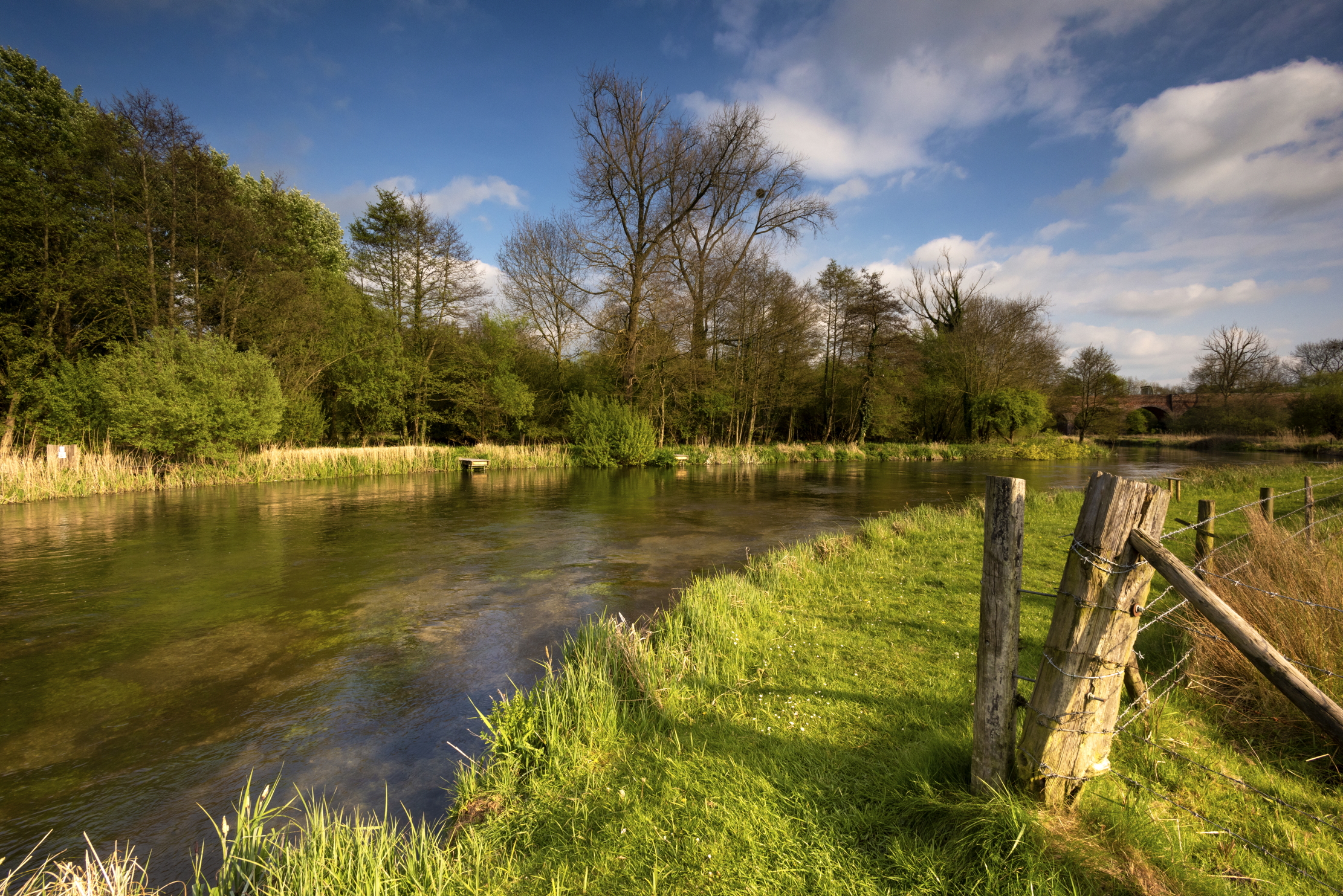
Credit: Michael Roberts via Getty Images
Patrick Galbraith: 'The Itchen is a place of such pastoral beauty that it’s almost too much to take in'
Patrick realises that often, it's the journey, and not the destination, that is most important.
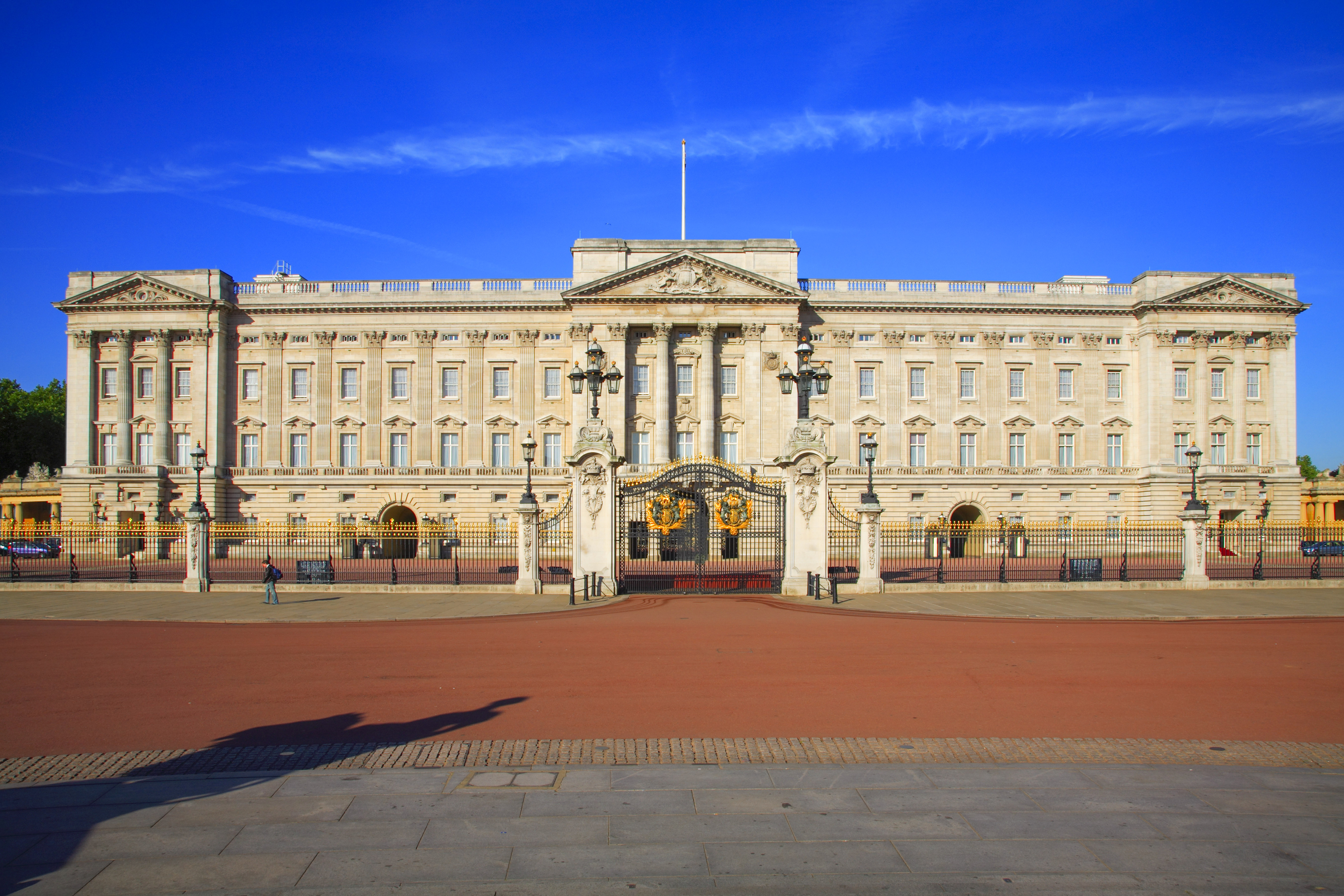
Buckingham Palace, Taylor Swift and how to get your house featured in Country Life, with John Goodall
Country Life’s Architectural Editor John Goodall joins host James Fisher in this episode of the Country Life Podcast.
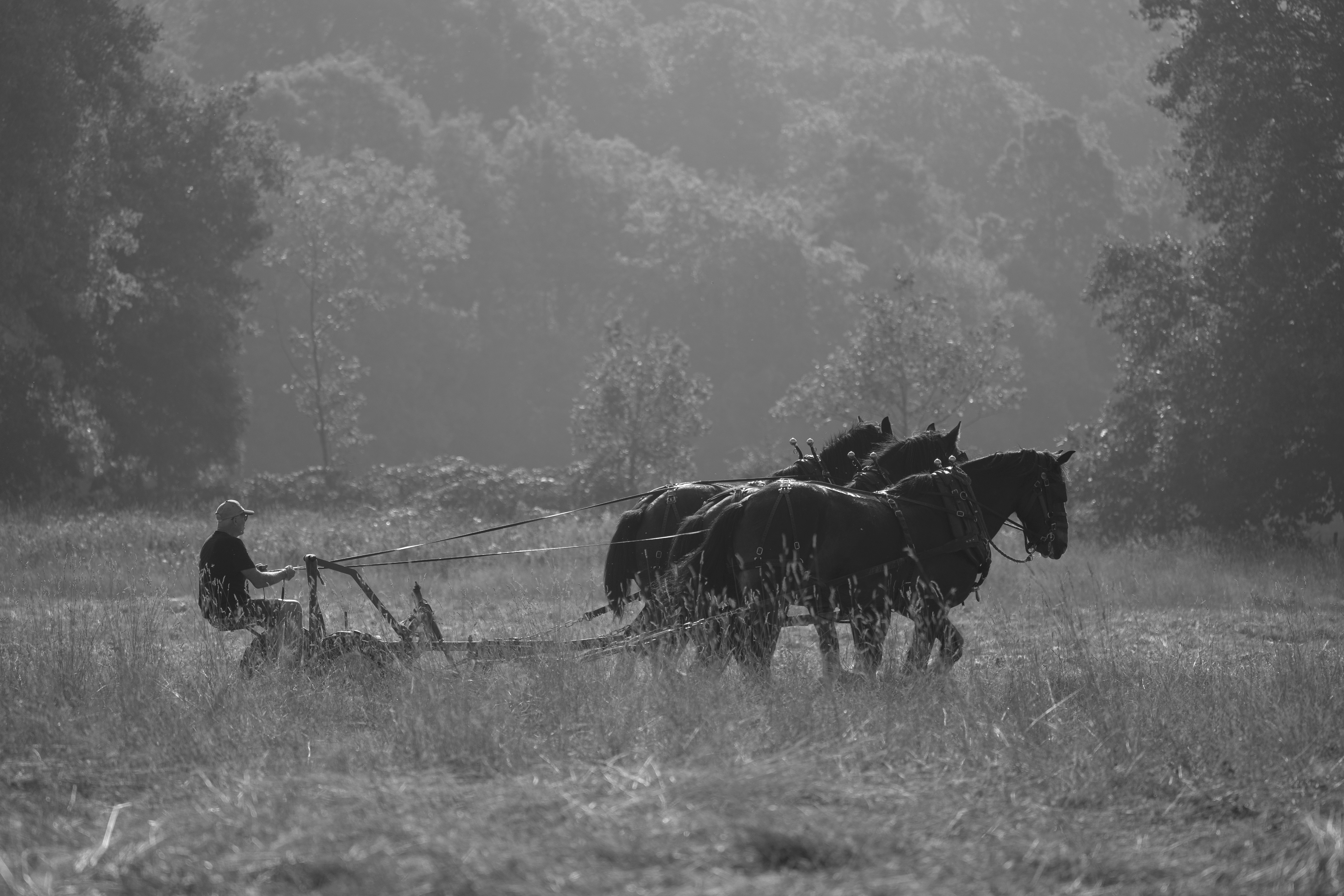
The shire horses still ploughing the fields of London deep into the 21st century
Photographer Natasha Durlacher's passion project shines a light on the wonderful shire horses who still have a place in modern
Amie Elizabeth White is Country Life's Acting Luxury Editor. She studied history at the University of Edinburgh and previously worked in fashion styling. She regularly writes for Country Life's London Life supplement and has written for Luxury London, covering everything from Chanel suits and skincare, to the best pies in the city. She has a big heart, but would sell her soul for a good pair of shoes.
